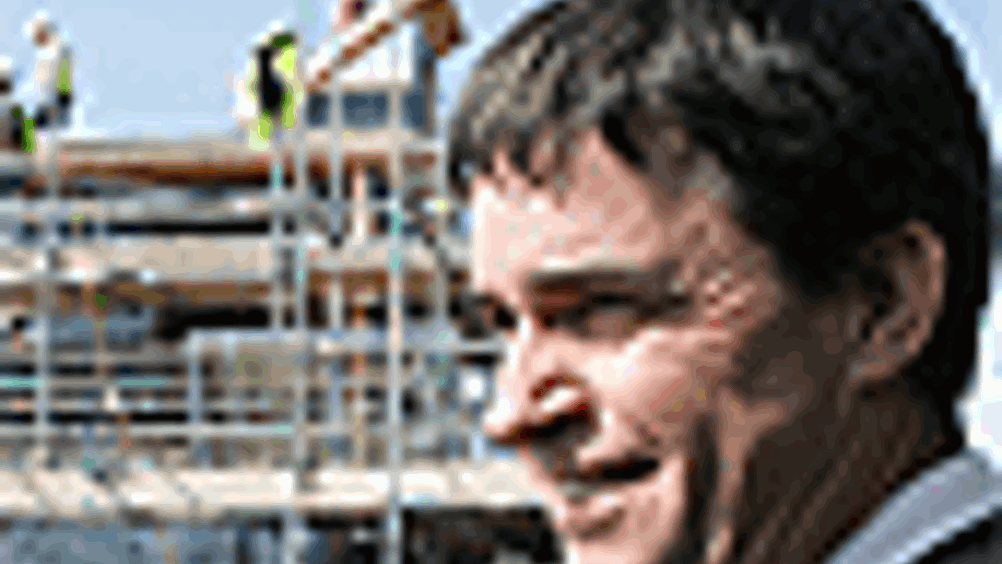Home truths
Peter Bonfield, chief executive of the Building Research Establishment, is helping industry meet the government’s zero-carbon goal for 2016. George Coupe reports

There are few challenges more demanding than the Olympics — for the competitors and those who stage them.
Dr Peter Bonfield has experience of both. As a former racing cyclist he coached the ladies triathlon team for Athens and is now a member of the Olympic Delivery Authorityfor London 2012, responsible for procurement and sustainability on construction projects.
But he is not worried about 2012. ‘We are making really good progress there,’ he said. He is more concerned about another deadline in 2016.
Five months ago Bonfield, 43, was appointed chief executive of the Building Research Establishment (BRE) which is providing the technical backing and research for the government’s Code for Sustainable Homes, launched in April. The code demands that all new houses built in the UK by 2016 should satisfy the new ‘zero-carbon’ standard. This means the energy requirement for heating, lighting and operating all electrical appliances inside a home is small enough to be compensated for by renewable power generation. Tall orders do not come more Olympian than that.
Register now to continue reading
Thanks for visiting The Engineer. You’ve now reached your monthly limit of premium content. Register for free to unlock unlimited access to all of our premium content, as well as the latest technology news, industry opinion and special reports.
Benefits of registering
-
In-depth insights and coverage of key emerging trends
-
Unrestricted access to special reports throughout the year
-
Daily technology news delivered straight to your inbox










UK Enters ‘Golden Age of Nuclear’
The delay (nearly 8 years) in getting approval for the Rolls-Royce SMR is most worrying. Signifies a torpid and expensive system that is quite onerous...